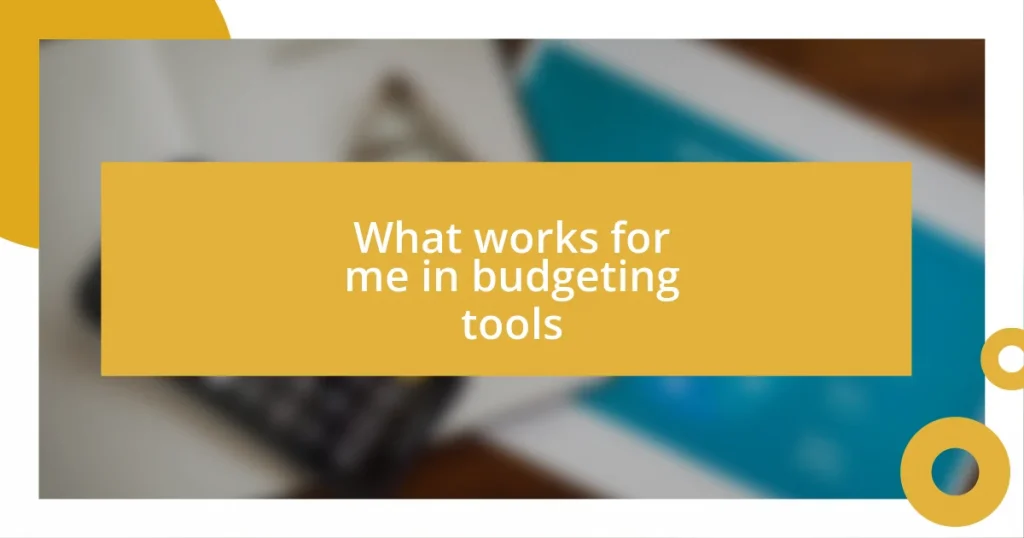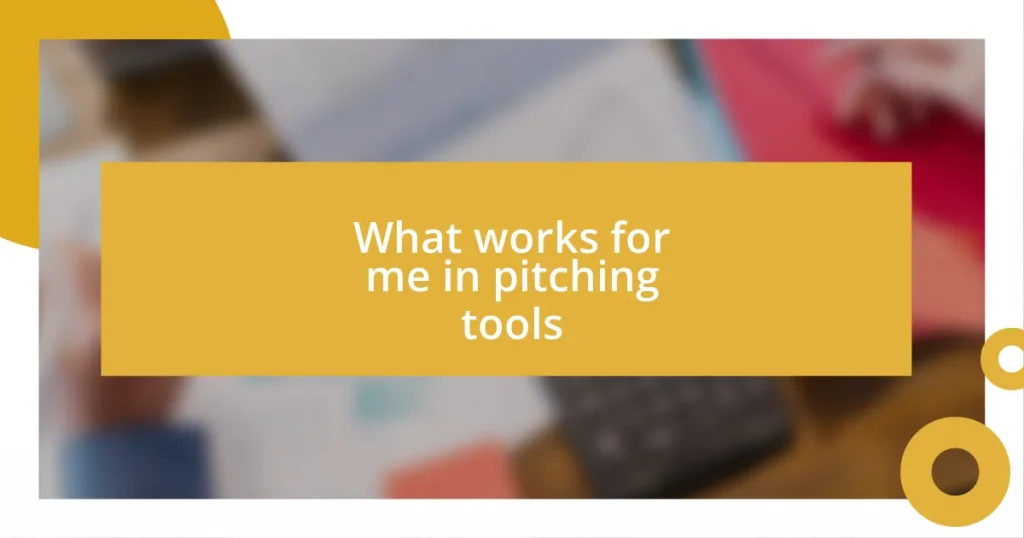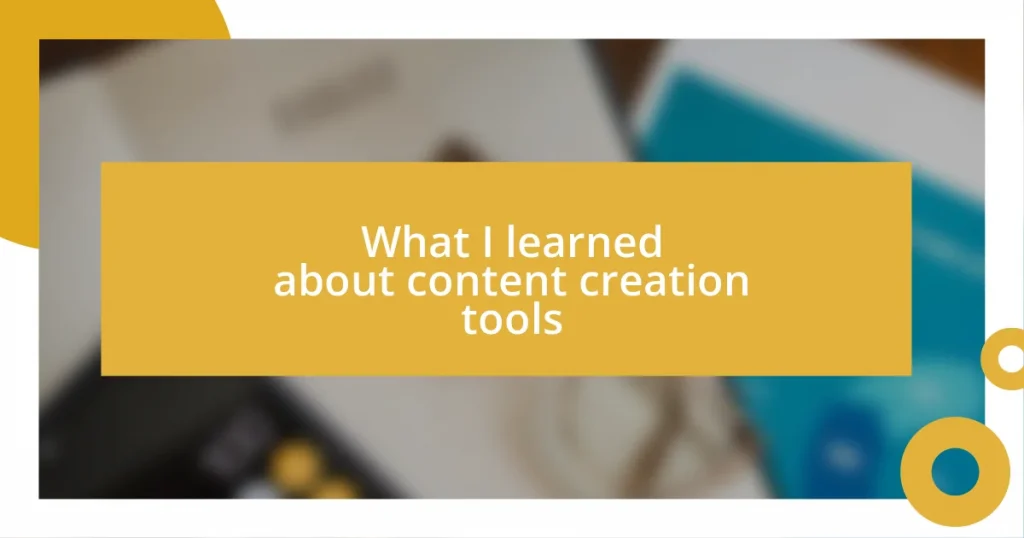Key takeaways:
- Emphasizing the importance of creating a dedicated workspace enhances focus and productivity, allowing for a clear separation between work and personal life.
- Establishing a structured daily routine and utilizing time management techniques, such as the Pomodoro Technique and planning tasks in advance, improves efficiency and motivation.
- Ensuring clear communication and setting boundaries with others helps minimize distractions and maintains productivity, allowing for a more fulfilling remote working experience.
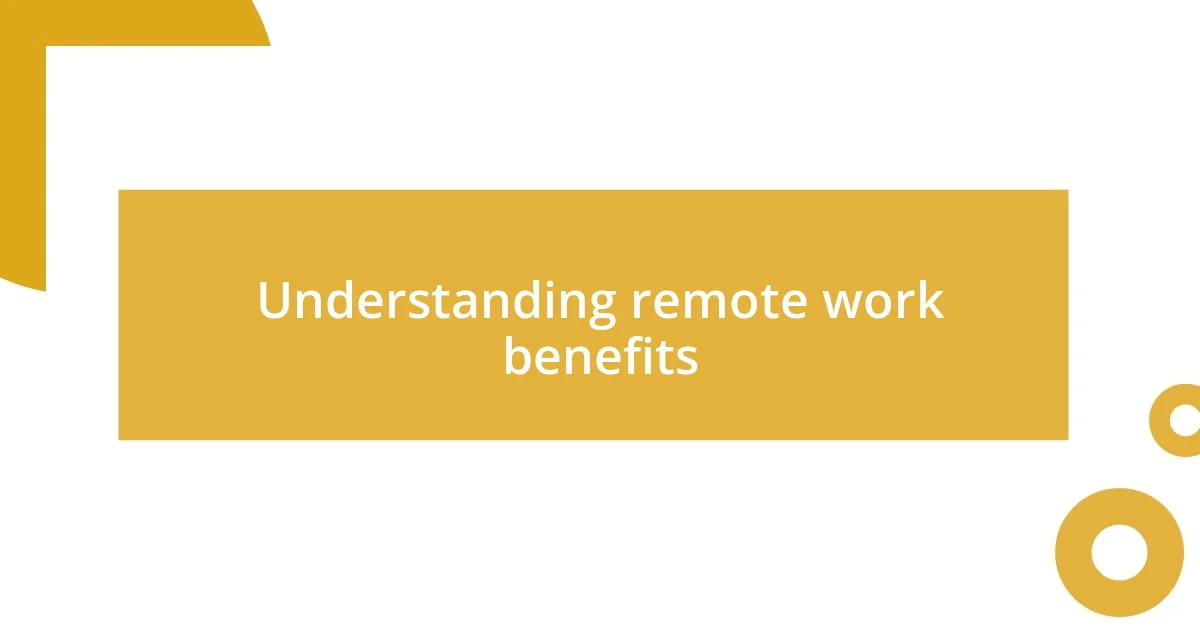
Understanding remote work benefits
One of the most profound benefits of remote work is the flexibility it offers. I remember my first full week of remote work; I decided to start my day earlier and took a long walk during lunch. That little adjustment made me feel more energized and focused. Isn’t it incredible how something as simple as adjusting your schedule can lead to a more productive mindset?
Another aspect I’ve come to cherish is the elimination of long commutes. In my previous job, spending two hours in traffic was a daily frustration. Now, I get to channel that time into activities I love, whether it’s yoga or cooking a fresh meal. Have you ever considered how much precious time you could reclaim without a daily drive?
Finally, working remotely allows for a more personalized workspace. I’ve created my own little sanctuary filled with plants and meaningful decorations. It makes a significant difference in my mood and productivity. How does your workspace reflect who you are? Finding ways to make your environment your own can greatly enhance your work experience.
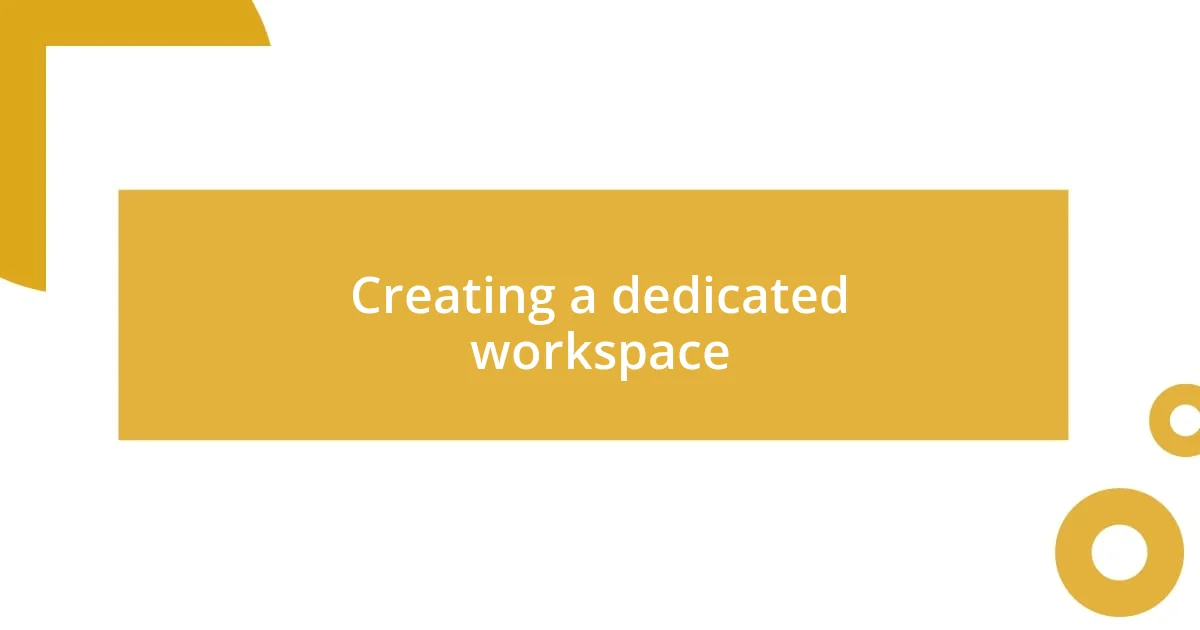
Creating a dedicated workspace
Creating a dedicated workspace has been a game-changer for me. Initially, I found myself working from various corners of my home, sometimes curled up on the couch. But I quickly realized that having a dedicated area really improved my focus. It felt like flipping a switch—when I entered that space, my mind shifted into “work mode.” Have you ever noticed how a change in environment can influence your productivity?
I invested in a comfortable chair and a tidy desk, transforming a small nook in my apartment into my personal office. Surrounding myself with motivational quotes and images of places I want to visit energizes my space. This small investment brought about a remarkable improvement in my workflow. How do you feel about your workspace? Sometimes, all we need is a little creativity and organization to enhance our productivity.
I also make it a point to keep my workspace clutter-free. Each week, I tidy up, ensuring I only have the essentials around me. This routine minimizes distractions, allowing my thoughts to flow more freely. I often think about how environment impacts our mindset, and creating an organized workspace helps cultivate a more positive and efficient working attitude. What small changes could you implement to create your ideal workspace?
| Feature | Benefits |
|---|---|
| Dedicated Area | Improved focus and productivity |
| Comfortable Furniture | Enhanced comfort and reduced strain |
| Personal Touches | Boosted motivation and emotional connection |
| Clutter-Free Environment | Minimized distractions and clear mind |
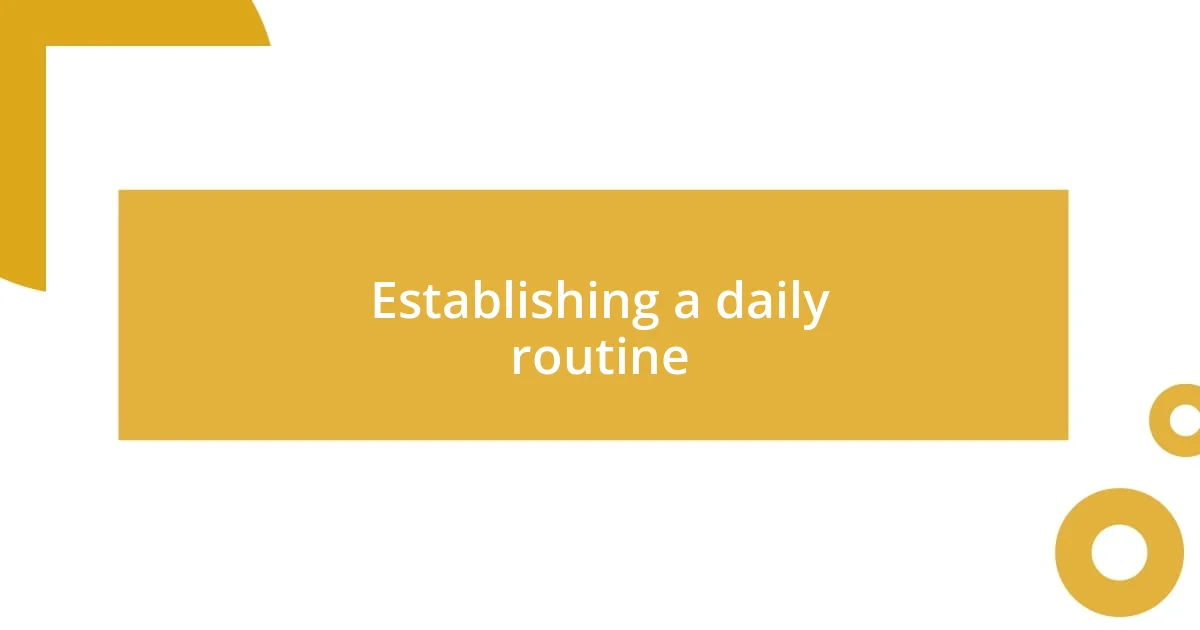
Establishing a daily routine
Establishing a daily routine has become a cornerstone of my remote work success. I recall the early days of my remote journey when I let days drift into a blur of tasks, often losing track of time. Then, I decided to map out my days more intentionally. Having set hours not only provided structure but also gave me a sense of accomplishment as I ticked off my tasks. Have you found that a routine helps you to stay on track?
To create my daily routine, I’ve experimented with different schedules to find what fits best. Here’s what I discovered works for me:
- Morning Rituals: Starting each day with a cup of tea and a few minutes of meditation to set a positive tone.
- Time Blocking: Allocating specific hours for focused work and short breaks keeps my energy levels up.
- Midday Walks: Taking a brief walk or stretch during lunchtime helps clear my mind and boost creativity for the afternoon.
- Defined Work Hours: Sticking to a consistent start and end time makes it easier to establish boundaries with work and personal time.
- Evening Wind-Down: I dedicate time in the evening for a relaxing activity to signal the end of my workday, ensuring I shift into a more personal mindset.
Reflecting on how these practices have positively impacted my mental clarity, I feel more centered and productive. What small adjustments could you introduce to your routine for better flow throughout your workdays?
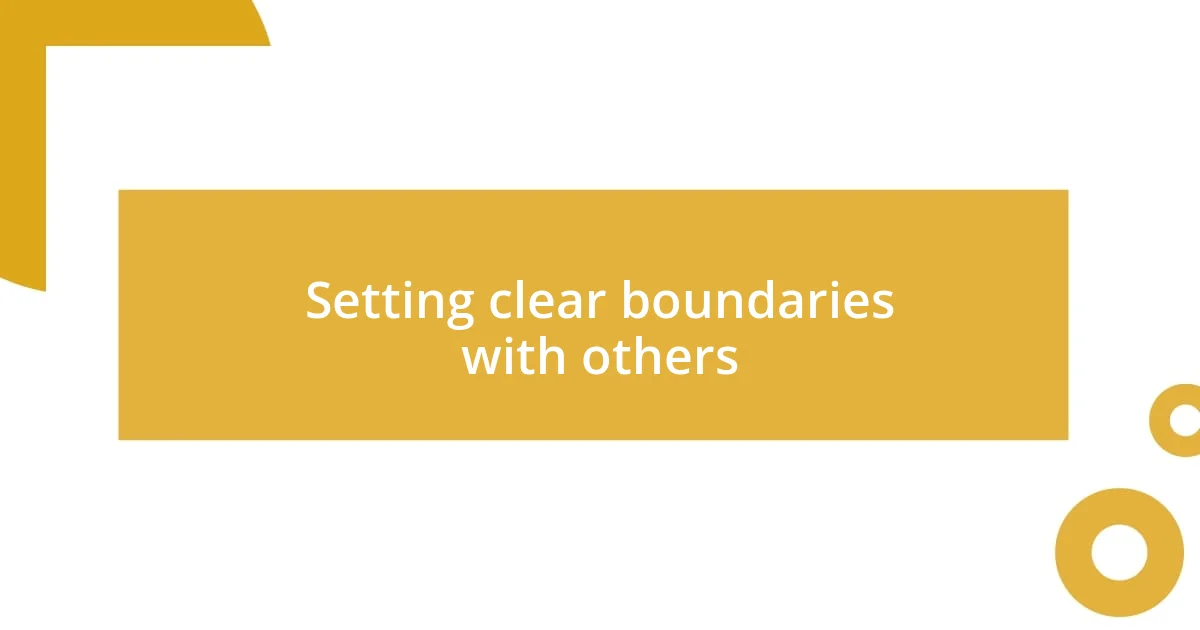
Setting clear boundaries with others
Setting clear boundaries with others has been crucial for my remote work experience. I learned early on that saying “yes” too often could lead to constant interruptions and blurred lines between work and personal life. For instance, I found myself responding to friends and family during work hours, thinking it was just a quick chat. However, that simple distraction could easily derail my focus for the rest of the day. Have you ever felt your productivity slip away because of a small interruption?
To address this, I started to communicate my availability upfront. I crafted a friendly yet firm message for my friends and family, letting them know when I was in “work mode” and when I would be free to connect. It took some time for them to adjust, but I felt an immediate sense of relief. Now, when work hours are set, I can genuinely immerse myself in my tasks without worrying about constant distractions. Isn’t it amazing how clear communication can foster respect and understanding?
Additionally, I’ve learned to turn off notifications during my focused work sessions. This small shift has made a huge difference in maintaining my boundaries. Initially, I was hesitant, fearing I’d miss something important. Yet, once I got comfortable disconnecting, I realized how much more I could accomplish in a designated period. This practice not only protects my time but also proves that setting boundaries empowers me to prioritize my own productivity and well-being. What boundaries could you establish to enhance your own focus and effectiveness?
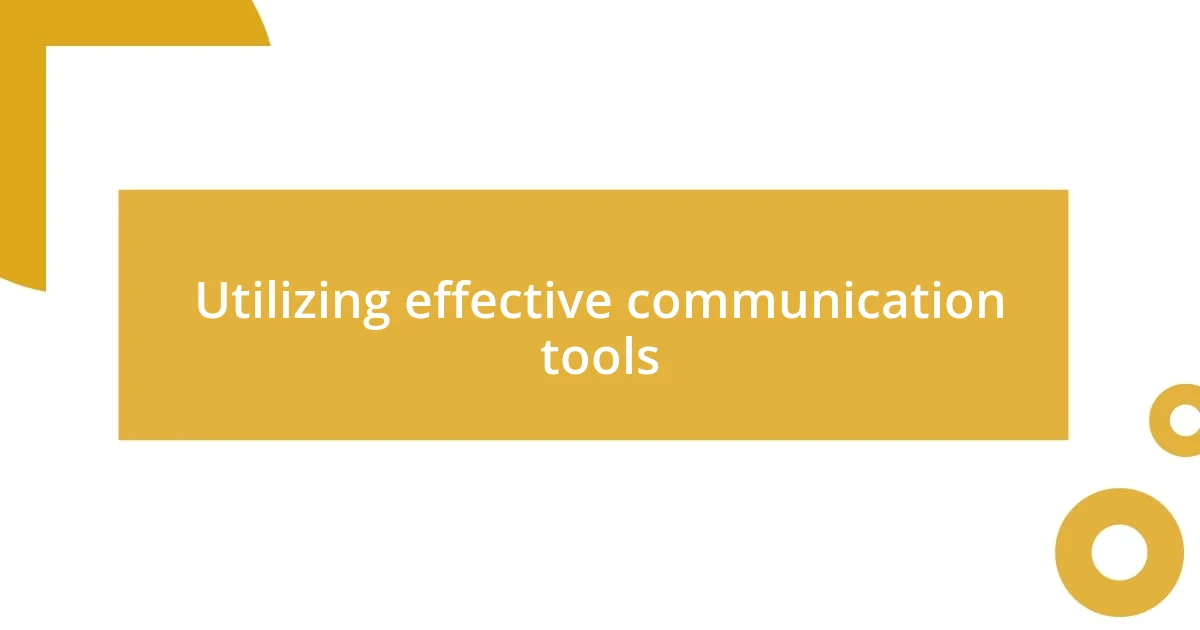
Utilizing effective communication tools
Utilizing effective communication tools has become essential in my remote work setup. At first, I focused mainly on emails and video calls, but I quickly learned that relying solely on them limited my interactions. I started exploring platforms like Slack and Microsoft Teams, which foster a more dynamic communication environment. Have you ever felt that a quick message can sometimes replace a lengthy email thread?
One of my most significant revelations came when I integrated project management tools like Trello into my routine. By visually mapping out progress and responsibilities, I experienced a newfound clarity in team collaborations. It felt liberating to see everyone’s updates in real-time and dive into discussions without the usual back-and-forth of emails. Letting my team know where I stood on projects not only reinforced accountability but also nurtured camaraderie. Isn’t it interesting how technology can bridge distances and make teamwork feel more connected?
Additionally, I’ve embraced the power of asynchronous communication. While it seemed counterintuitive at first, allowing my team to send messages and updates without expecting immediate responses has transformed our workflow. I’ve noticed a reduction in ‘ping-pong’ conversations, leading to deeper, more thoughtful interactions. For example, instead of jumping into a quick question, I jot it down in a shared document, allowing my colleagues to respond whenever they can. This shift has made me appreciate the strength of flexibility in communication, which, in turn, has enhanced my productivity. What changes could you make to your communication strategies for a smoother collaboration experience?
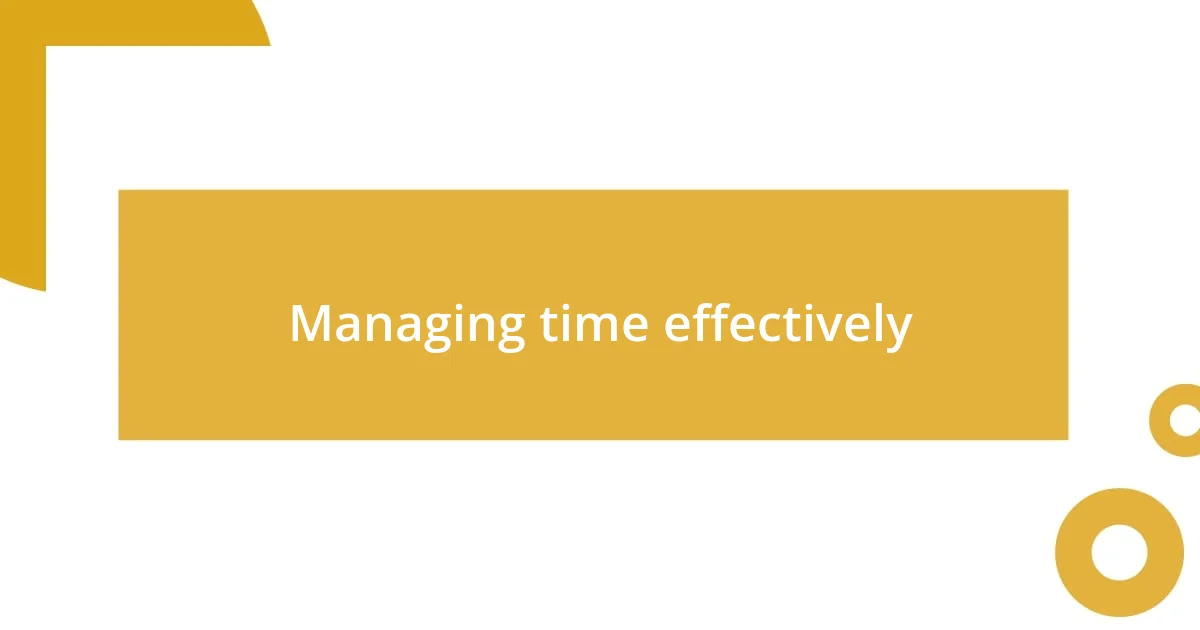
Managing time effectively
Managing my time effectively while working remotely has been a game changer for my productivity. One method I implemented is the Pomodoro Technique, which involves working in focused bursts of 25 minutes followed by a 5-minute break. Initially, I was skeptical—how could taking breaks actually help? However, I quickly discovered that these short pauses not only refreshed my mind but also created a rhythm to my workday that I found immensely satisfying.
I’ve also learned the importance of planning my day the night before. Each evening, I take a few minutes to jot down my top three priorities for the following day. This simple ritual gave me clarity and a sense of direction. I still remember those mornings when I’d wake up, unsure of what to tackle first, and how frustrating that felt. Now, armed with my list, I awake energized, knowing exactly where to focus my efforts.
Another strategy that’s worked for me is blocking out time in my calendar. I schedule specific time slots for each task and treat them like appointments. This practice has helped me stay committed to my responsibilities because it holds me accountable. Have you ever had that moment of dread when a task loomed over you? By carving out dedicated time, I’ve alleviated that pressure, creating a structured approach to my day that not only keeps me on track but also allows room for spontaneity when needed. What time management tactics could you explore to enhance your own remote work experience?
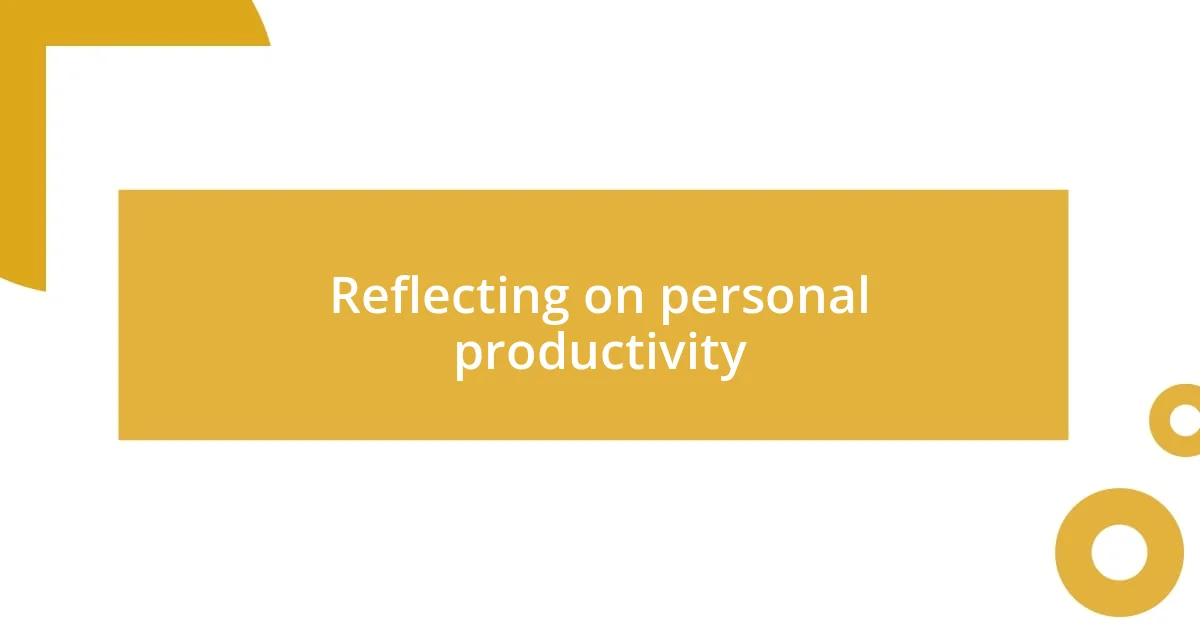
Reflecting on personal productivity
Reflecting on my personal productivity has been an enlightening journey. One day, I noticed that my enthusiasm was waning, and I couldn’t figure out why. After some soul-searching, I realized it was crucial for me to assess my daily routines. I began keeping a productivity journal, documenting what tasks energized me and which ones drained my energy. It was staggering to see how certain activities that seemed important were actually sapping my motivation. Have you ever taken a moment to reflect on the true impact of your daily tasks?
Through this reflection, I discovered the power of setting intentional goals. For instance, I started breaking down my larger projects into smaller, manageable tasks. This change turned overwhelming assignments into digestible steps, allowing me to celebrate small victories. I remember completing a significant milestone and feeling an unexpected rush of satisfaction. It made me realize that the journey matters just as much as the end goal. How often do you recognize your achievements, no matter how small?
Another impactful insight came from recognizing my peak productivity hours. I used to think I had to adhere to a strict 9-to-5 schedule, but I found that I performed my best during late mornings. Adjusting my schedule to prioritize demanding tasks during those hours has been transformative. There’s something incredibly rewarding about finally embracing my natural rhythm. What small adjustments could you make to align your work with your most productive moments?













